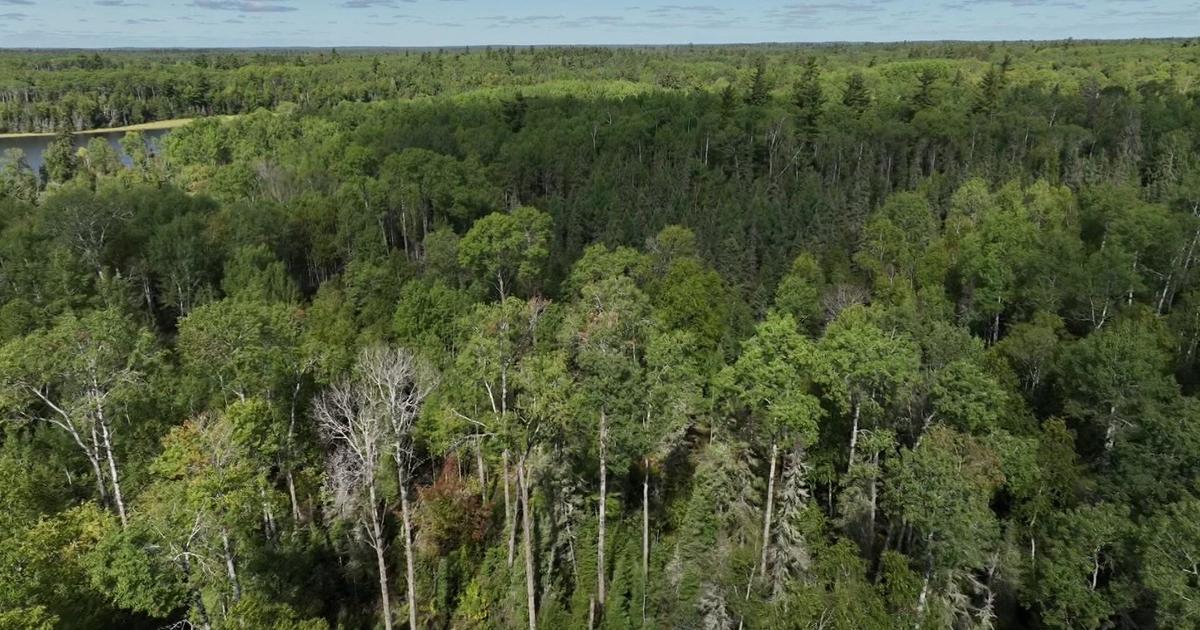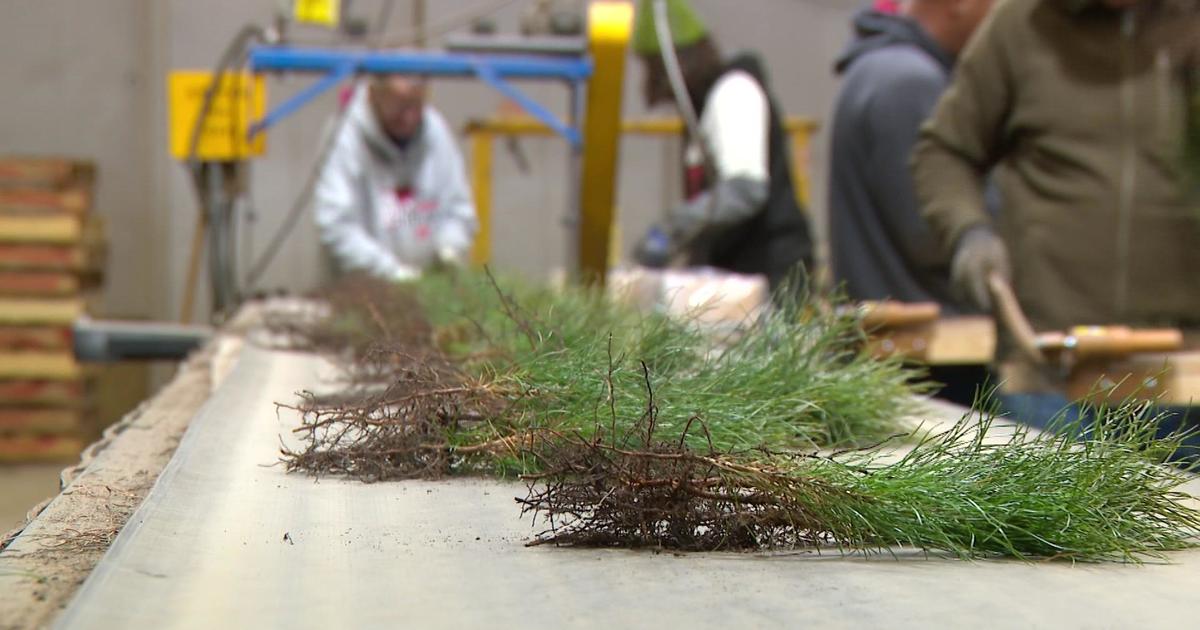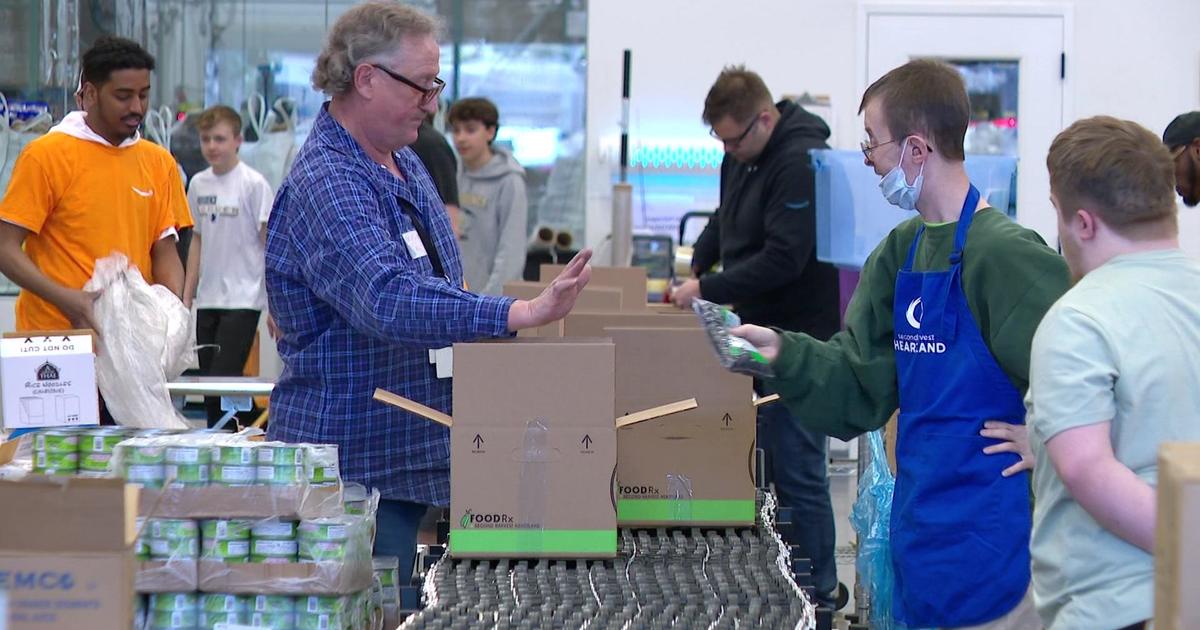Drones soar over Rochester to hunt for urban heat islands
ROCHESTER, MINN. -- New tools and technologies could help Minnesota adapt to climate change.
This week, the Minnesota Pollution Control Agency (MPCA) used new drones with thermal cameras in Rochester to better understand how higher temperatures affect some of the city's most densely-populated areas.
To make the city of Rochester more climate resilient, a drone is on the hunt for urban heat islands.
"An urban heat island is where you have enough of a collection of buildings and pavement that the temperatures are actually hotter there," said Laure Millberg, the MPCA's climate change resilience coordinator. "If you have enough of them then you can actually have a sustained temperature that's higher than the surrounding area."
Millberg says that increases energy costs, air pollution levels and heat-related illness.
When the drone goes up to look around, it's searching for which areas are the hottest, so typically things like pavement or buildings are going to be hotter and then things like tree canopies, are gardens less so.
"Part of the problem with it is that pavements absorb that heat and radiate it out later over an extended period of time," said Millberg.
This drone data helps city planners in Rochester plot where they will plant next.
"In general, it just helps inform how we start to build out our community where we prioritize certain types of infrastructure," said Lauren Jensen, the sustainability coordinator for city of Rochester. "I think the biggest thing though is just really starting to build that picture and that connection of climate change and health. Those high-heat days affect older populations, people with underlying conditions like asthma."
Solutions are two-fold, Millberg says. Adapted infrastructure help, like more cooling centers. So do more greenspaces.
"Green roofs, white roofs or light-colored roofs help to reflect the health instead of absorb it and radiate it out again," said Millberg. "Even vegetative walls, so like growing vines on walls and stuff, all of that helps to keep the heat from absorbing and radiating out."
Another eye in the sky, as we all search for solutions in the face of our changing climate.
One of the drones also monitored air quality in Rochester. The city is using a grant from the MPCA to build a resilience hub. Essentially, it's a physical place where residents can go during climate emergencies like a flood or heat wave.





